For any growing business, an increase in customer calls is a positive sign—it means people are engaging with your brand. But if not managed properly, high call volumes can overwhelm your team, cause delays, and damage your reputation. The key to success is finding ways to scale your communication without compromising service quality.
In this post, we’ll show you how to handle high call volumes effectively using smart strategies and tools like CallPoint, so you can keep your customers happy—even during your busiest days.
1. Automate First-Level Interactions with AI Assistants
Not every customer call needs a human touch. In fact, most customers are happy to get quick answers—especially if it saves them time.
Solution:
Use CallPoint’s AI-Powered Call Assistant to handle common queries like:
-
Business hours
-
Order status
-
Service information
-
Payment instructions
These assistants respond in natural-sounding voices and operate 24/7, freeing your agents to focus on more complex issues.
Result:
-
Faster first responses
-
Reduced agent fatigue
-
24/7 support coverage
2. Use IVR Menus to Route Calls Effectively
Interactive Voice Response (IVR) systems allow callers to direct themselves to the right department or resource.
How it works with CallPoint:
Set up an IVR Call Flow where customers can choose from options like:
-
Press 1 for Support
-
Press 2 for Sales
-
Press 3 for Billing
Why it matters:
-
Reduces unnecessary transfers
-
Saves time for both customers and agents
-
Gives callers a sense of control and speed
3. Create Smart Call Flows That Adapt in Real Time
A simple call path is no longer enough. You need dynamic, responsive call flows that change based on customer input.
With CallPoint’s Call Flow Builder, you can:
-
Use “Conditions” to branch conversations
-
Capture Data for faster responses in future calls
-
Send SMS for quick follow-up or confirmations
Real-World Tip:
If all agents are busy, route calls to voicemail or send an automated SMS offering a callback.
4. Monitor Agent Performance and Optimize Workload
Don’t just handle more calls—handle them better. CallPoint lets you:
-
Add and assign agents to specific roles
-
Track performance and call stats
-
Spot bottlenecks or underperformance early
Best Practice:
Review call logs weekly and adjust staffing or flows based on real data.
5. Use SMS to Divert Non-Essential Calls
Some customers don’t need to talk—they just want quick info. Using SMS for:
-
Appointment reminders
-
Delivery updates
-
Simple confirmations
can significantly cut down call volume.
CallPoint makes SMS automation easy, and customers appreciate the convenience of a quick message instead of waiting on hold.
6. Keep Customers in the Loop with Prerecorded Messages
When you’re overwhelmed, don’t leave customers in silence. Use prerecorded audio to:
-
Share estimated wait times
-
Offer alternatives (e.g., “Press 1 to receive this info by SMS”)
-
Keep branding and messaging consistent
Even a short update helps manage expectations and shows professionalism.
Final Thoughts: Quality and Scale Can Coexist
High call volumes are a good problem to have—if you’re prepared. With the right mix of automation, smart routing, performance tracking, and SMS support, you can turn your busiest days into success stories.
CallPoint empowers small and growing businesses to handle call surges without hiring more agents or lowering service quality. It’s all about working smarter, not harder.
Ready to level up your customer support?
Explore how CallPoint can help you manage call volume and maintain top-tier service at scale.








